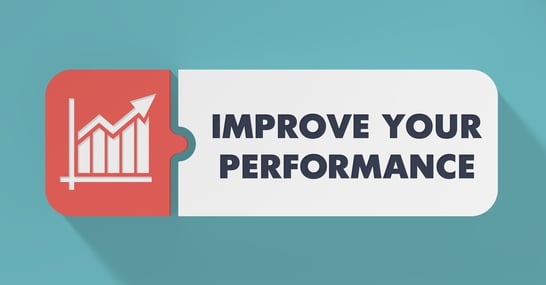Managing & Motivation Tips to Achieve High Performance (Part II)
Successful logistics demands that everyone knows what they must do, they do it to standard, they keep improving, and they work as part of a team. ...
1 min read
.jpg) Bob Willert
:
Mar 9, 2017 9:19:31 AM
Bob Willert
:
Mar 9, 2017 9:19:31 AM

Introduction
There have been as many words written about logistics, supplier pull management and the effects of SOX as there have about management, motivation and teamwork. They all boil down to carrying out specific and appropriate actions within an approved strategy and to agreed standards. In this series of articles we will cover the essentials. By focusing on practicalities and specifics, individuals and teams will achieve goals and solve problems.
A Simple Analogy
Michelin Star chefs are masters at culinary excellence. They prepare wonderful sources of nutrition, they use condiments in very sophisticated ways, and they serve a work of art. But to put it simply, they take raw food, then boil it until it goes soft, fry it or roast it until it goes brown, then they serve it on time to meet or to exceed diner expectations.
Back to Logistics
It’s the same with logistics. Globalization, complex regulations, market volatility and the potential for operational dislocation make it a very complex industry. Basically, though, logistics is about getting one or more items from one or more points to one or more other points in the shortest possible time, for the least cost, with least damage, and on schedule.
On to Management and Motivation
We will discuss these managing & motivation tips in the same way. We will explain the practicalities of:
We will focus on what works, rather than on the academic principles, surveys and profiling models behind it. Those things are important, of course, but so is the science behind the internal combustion engine. What we are going to do in this series is show you how to drive that big rig, not discuss the principles of mechanical engineering and gear ratios.
In Part II of the series we will start at the beginning – what people do so they start off on the right track to be successful.

Successful logistics demands that everyone knows what they must do, they do it to standard, they keep improving, and they work as part of a team. ...

Positive motivation drives high performance. In Part IV we looked at the six questions that enable managers and individual team members to drill down...